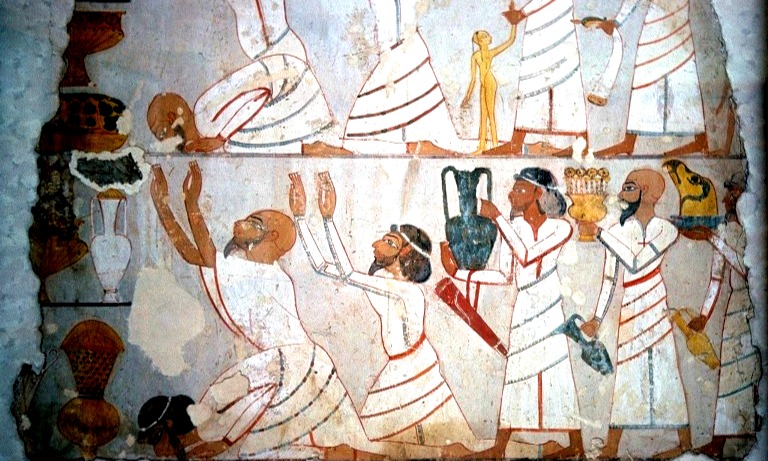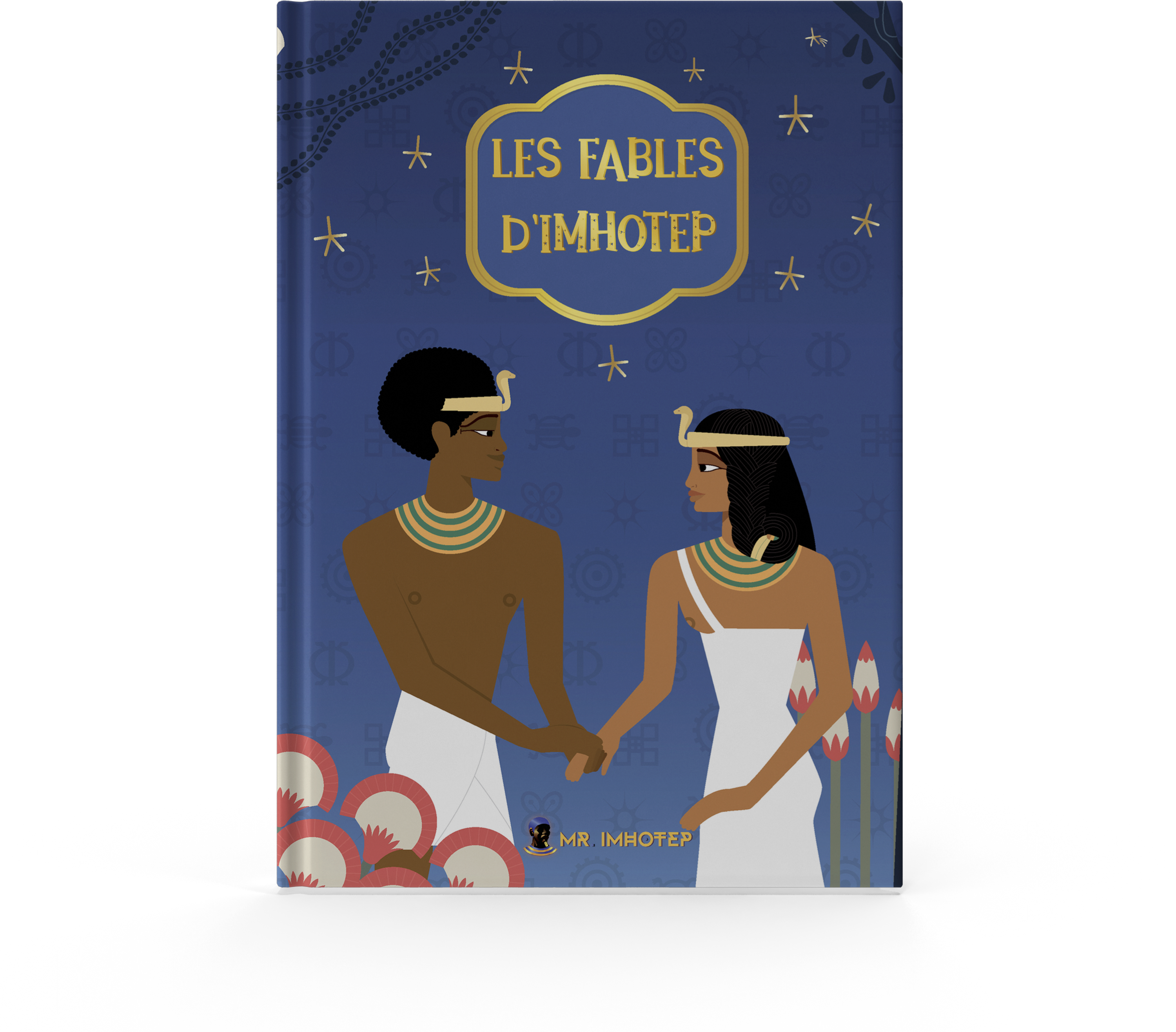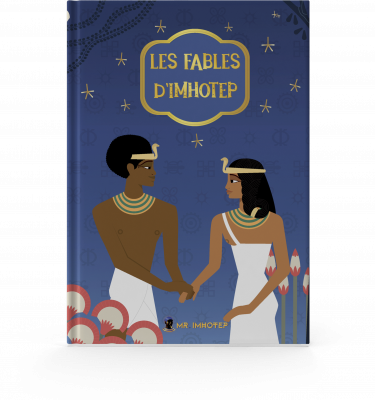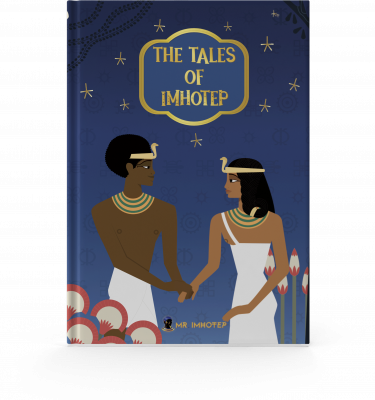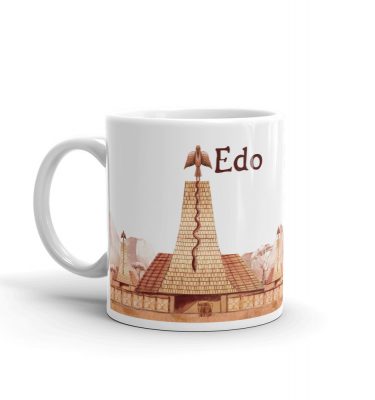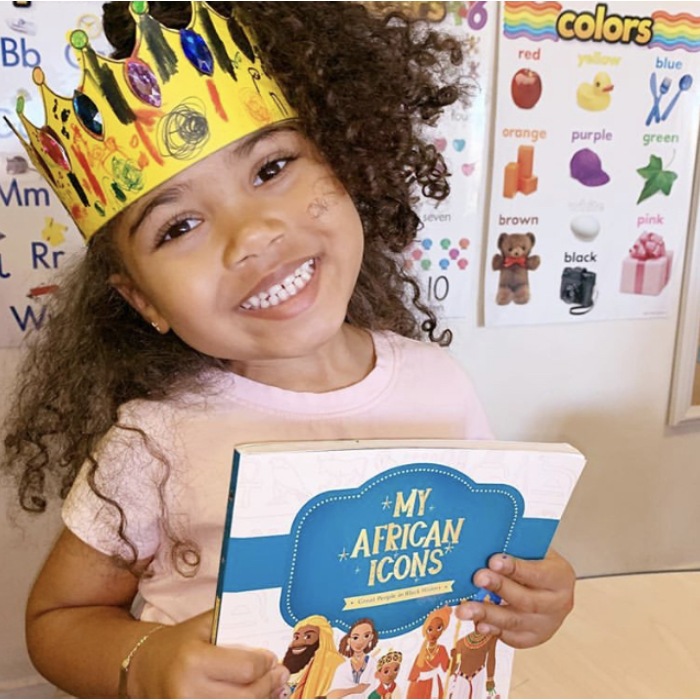The Hyksos, this name is known by all the Kemet’s enthusiasts. These mysterious people who invaded the northern part of Kemet. They were a confederacy of nomad Semitic tribes, possibly from Western Asia and they were known from the Kemites as Aamu, but also as Aat-t which means invaders, plague bearers or rebels. Most scholars believed that they invaded Kemet during the middle empire (14th dynasty). They established a mysterious foreign dynasty that ruled Lower Kemet for about a century. Now, Scholars believe that they gained power not by force, as often thought, but by marrying into royalty, new evidence suggests.
Scholars believe that because, no remains of battles fought by Hyksos people against the Kemites have been found. They rather believe that an influx of mostly female immigrants may have occurred at Tell el-Dab’a, the former Nile Valley Hyksos capital, shortly before the foreigners took over. “Hyksos people in Kemet appear to have been an “elite” group that gained power from within,” biological anthropologist Christina Stantis of Bournemouth University in Poole, England, said March 29 at the annual meeting of the American Association of Physical Anthropologists.
She and Bournemouth colleague Holger Schutkowski analyzed strontium in teeth from 71 individuals previously excavated at Tell el-Dab’a. Around half died within a few centuries before Hyksos rule; the rest died during the Hyksos dynasty. Measures of strontium, which gets absorbed into bones by regularly eating local plants and animals, are geographically distinct, indicating regions where people have lived.
Twenty-one of 27 females interred in elite graves dating to shortly before Hyksos rule came from outside the Nile Valley, Stantis said. Only a few nonlocal, elite males came from that time period. That female-skewed immigration fits a scenario in which Hyksos women married into Egyptian royal families, she said.
Tell el-Dab’a continued to attract high-ranking foreigners during the Hyksos dynasty, she said. About half of elite individuals, men, and women alike, who died during its rule had immigrated to Tell el-Dab’a. “This was clearly an international city,” Stantis said. Further strontium studies may locate where foreigners at Tell el-Dab’a came from. Many cities in Lower Kemet were populated by foreigners, even after the Hyksos invasion and before the fall of the whole civilization.
But we can’t really say that this is brand new information. According to Manetho a Kemetic priest of the Ptolemaic period, the Hyksos migrated in the delta region many years before their coup. Then, a few years later, they outnumbered the natives. And thanks to that fact, they easily took control of Lower Kemet with the help of their kinfolks who lived out of the country. You can see that that last part is also validated by the findings. They then started to burn cities and temples and used the native population after a most barbarous manner. They even led the population into slavery, something that never happened in Kemet before. The traumatism was real. But there was no true evidence of Manetho’s claims. Now, with what scientists discovered, it turns out that he said the truth.
These statements validate everything we keep telling you about Lower Kemet and its population. That area became less and less African through time. As Stantis said, it became international, meaning that its population was mostly foreign. These people adopted the indigenous (Africans’) traditions and started to claim the throne. And all the remains that have been studied during the last 5 years and that have been highly publicized, came from that region. And those who did those studies stated that these remains were representative of the indigenous people of Kemet, which does not make any sense for those who take into account the historical facts. The only areas that should be studied are Upper Kemet and below. Many people lived in Kemet but were foreigners in origin. That’s why it is important to be careful with what is published by mainstream media.

